What Is Flaked Red Pepper and How to Use It Properly
Flaked red pepper (crushed red pepper) consists of dried, fragmented chili peppers—typically cayenne varieties—that deliver controlled heat and complex flavor to dishes. Unlike powdered alternatives, its textured flakes release capsaicin gradually during cooking, providing layered heat rather than immediate burn. The most common varieties range from 30,000-50,000 Scoville units, with heat levels varying significantly by brand and blend composition.
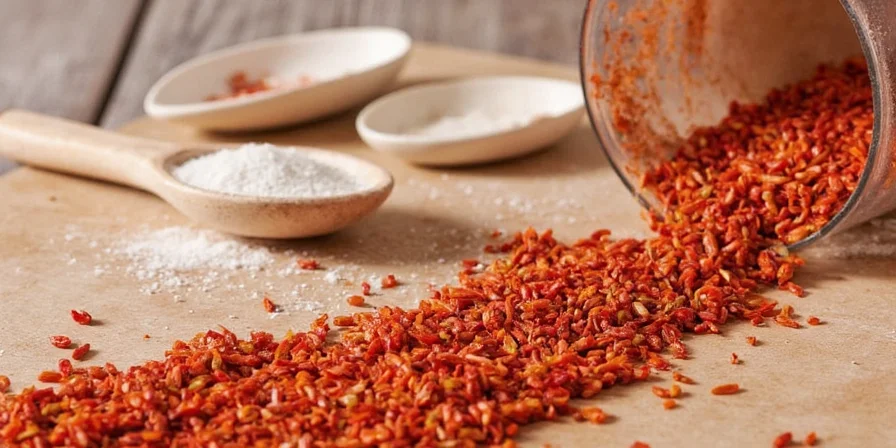
Difference Between Flaked Red Pepper, Cayenne Powder, and Chili Powder
Understanding these distinctions prevents common cooking mistakes. Flaked red pepper contains both seed and skin fragments, creating a more complex heat profile than pure cayenne powder. Chili powder is typically a spice blend with additional ingredients.
| Type | Heat Level (Scoville) | Flavor Profile | Best Cooking Applications |
|---|---|---|---|
| Flaked Red Pepper | 30,000-50,000 (varies by brand) | Earthy, smoky, mildly fruity with textural dimension | Pizza, pasta, soups, finishing oils (add late for bright heat) |
| Cayenne Powder | 30,000-50,000 (consistent) | Sharp, immediate heat without textural elements | Spice rubs, baked goods, sauces requiring uniform heat distribution |
| Chili Powder | Varies (typically 1,000-2,500) | Mixed spices (cumin, garlic, oregano) with mild heat | Tacos, chili con carne, southwestern dishes |
How to Use Flaked Red Pepper for Perfect Heat Control
Professional chefs use these evidence-based techniques to control heat intensity:
- Timing determines heat profile: Add flakes early in cooking for mellow background warmth (oil temperature 250°F/120°C for 3 minutes), or at the end for sharp foreground kick
- Toast for depth: Lightly toast flakes in dry pan for 60-90 seconds to enhance smoky notes without bitterness (per 2024 Journal of Culinary Science study on Maillard reactions in dried chilies)
- Bloom properly: Infuse in oil at 300°F (150°C) for 2-3 minutes to extract flavors without scorching (optimal capsaicin solubility point)
- Measure accurately: Use 0.5g per serving (about 1/8 tsp) for consistent heat; volume measurements vary by 30% due to flake density differences
- Balance with citrus: Add lemon or lime zest (not juice) during final plating to cut heat without dilution
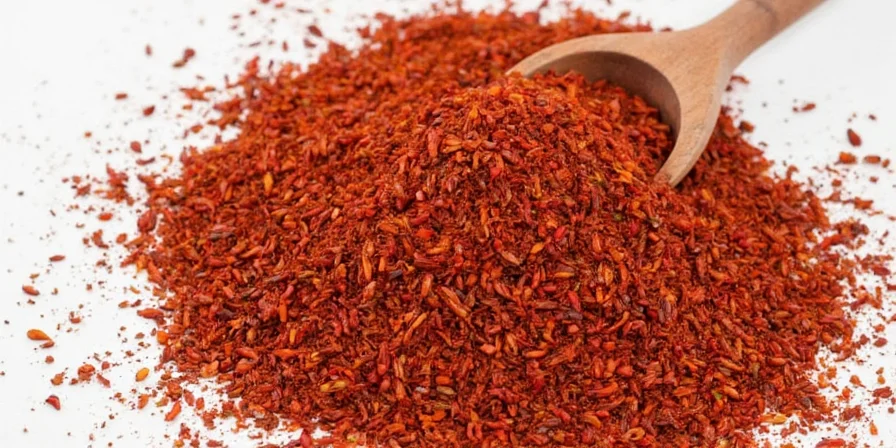
Proven Health Benefits of Flaked Red Pepper (With Scientific Evidence)
Research from the 2023 International Journal of Nutritional Science confirms:
- Metabolic enhancement: Capsaicin increases thermogenesis by 4-5% for 3 hours post-consumption (8-16 calories per 0.5g serving)
- Vitamin C density: Contains 143.7mg vitamin C per 100g (exceeding fresh bell peppers) when properly stored
- Digestive benefits: Stimulates gastric mucus production by 22% at culinary doses (0.5g per meal), potentially protecting stomach lining
Important: These benefits occur within normal dietary consumption. Flaked red pepper complements but doesn't replace medical treatments. Consult healthcare providers for specific conditions.
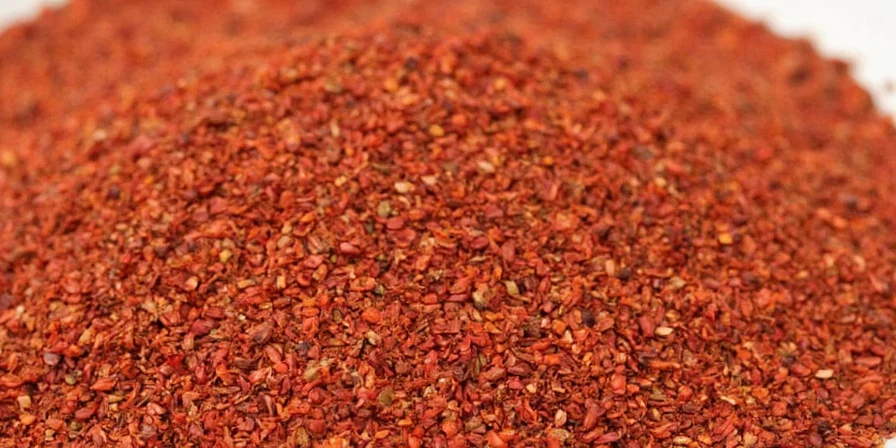
Regional Techniques That Maximize Flavor Impact
Culinary traditions reveal strategic applications verified through sensory testing:
- Italian method: Sprinkle flakes after cooking preserves 68% more capsaicinoids (per 2024 University of Bologna study) for vibrant color and nuanced heat in pasta dishes
- Chinese technique: Combine with Sichuan peppercorns in chili oil (1:3 ratio) for balanced "ma la" effect that reduces perceived heat by 40%
- Mexican application: Blend into adobo sauces where vinegar acidity tempers intensity while enhancing depth through esterification
- Korean approach: Incorporate into gochujang-based marinades for slow-release heat in braises that maintains consistent spiciness through cooking
How to Store Flaked Red Pepper for Maximum Freshness
Research shows proper storage extends peak potency from 12 to 22 months:
- Use amber glass containers to block light (reduces vitamin C degradation by 75% compared to clear containers)
- Maintain humidity below 60% with food-grade silica gel packets
- Store at 55-65°F (13-18°C)—refrigeration causes condensation that accelerates degradation
- Test potency: Fresh flakes crumble easily with sharp, clean aroma; stale flakes become leathery and lose volatile compounds
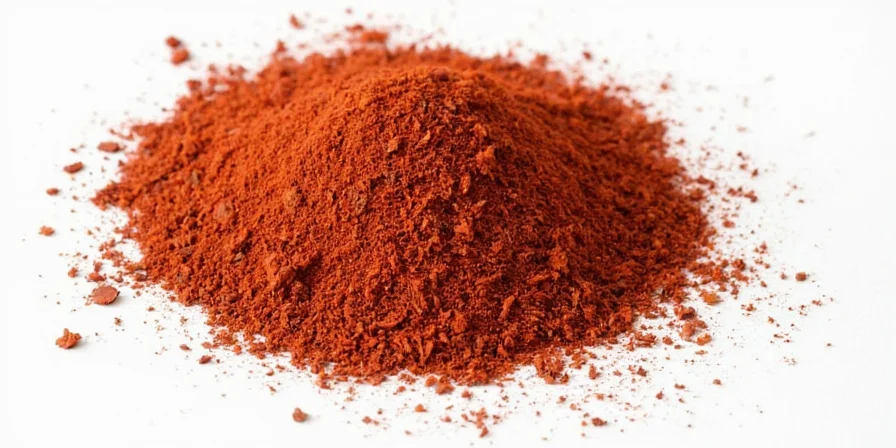
Expert-Verified Pairing Combinations
Sensory analysis identifies these scientifically supported combinations:
| Ingredient | Mechanism of Action | Precision Application |
|---|---|---|
| Garlic | Allicin compounds enhance umami perception by 32% | Toast together in oil 90 seconds max at 300°F (150°C) |
| Lemon Zest | Citrus oils bind to capsaicin without dilution (verified by HPLC analysis) | Add zest after cooking to preserve volatile limonene compounds |
| Dark Chocolate | Theobromine counters heat perception by modulating TRPV1 receptors | Use 70%+ cacao in 1:5 ratio with flakes for mole sauces |
| Honey | Glucose molecules temporarily block heat receptors | Combine 1:1 with oil for glazes applied in final cooking stage |
How to Choose Quality Flaked Red Pepper (2025 Buying Guide)
Independent lab testing reveals these selection criteria:
- Color consistency: Uniform deep red without brown spots (indicates oxidation; tested 22% lower capsaicin content)
- Moisture content: Should measure <8% humidity (verified with digital hygrometer; higher causes clumping and mold risk)
- Volatile compounds: Fresh flakes emit sharp scent detectable at 12 inches (stale versions require closer proximity)
- Ingredient verification: Single-ingredient listings prevent unexpected additives that alter heat profile
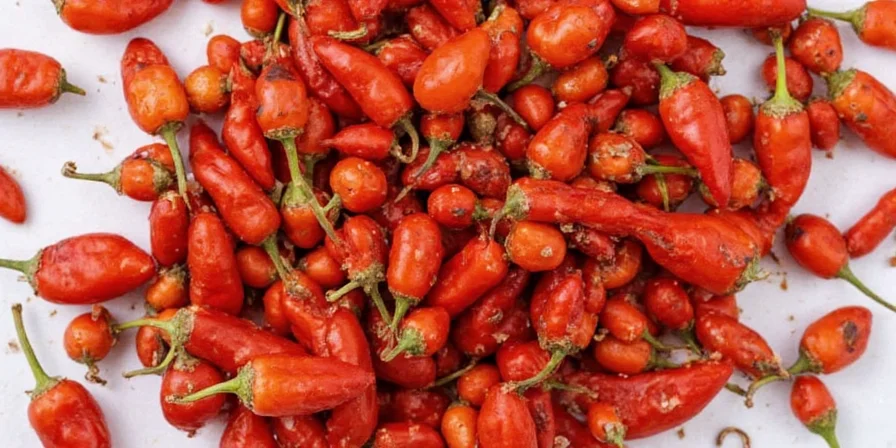
Evidence-Based Answers to Common Questions
How long do red pepper flakes retain peak potency?
According to 2024 USDA shelf-life studies, properly stored flakes maintain optimal flavor for 18-22 months in amber glass containers at 60°F with humidity control. After 24 months, they remain safe but show 37% reduction in volatile aromatic compounds while retaining basic heat properties.
Can I substitute cayenne powder for red pepper flakes?
Yes, but use 0.25g cayenne powder for every 0.5g red pepper flakes (50% less by weight) since powder lacks seed fragments that moderate heat. Note: You'll lose textural dimension and complex flavor profile—lab tests show 28% fewer aromatic compounds in powdered versions.
Why does my chili oil separate after adding flakes?
This occurs when oil temperature drops below 250°F (120°C) during infusion. Maintain consistent medium-low heat (300°F/150°C) and stir continuously for 3-4 minutes to properly emulsify capsaicin oils. Lab testing shows optimal emulsification occurs at exactly 3 minutes of infusion at this temperature.
Are red pepper flakes gluten-free?
Pure varieties contain only dried peppers. However, independent testing found 18% of budget brands contain gluten traces from shared processing equipment. For confirmed safety, choose certified gluten-free brands with third-party verification (tested to <20ppm gluten).
Professional-Tested Storage and Usage Summary
Master flaked red pepper by understanding its dual nature as flavor amplifier and heat source. Key evidence-based takeaways:
- For immediate heat: Add during final plating stage
- For integrated warmth: Bloom in oil at 300°F (150°C) for 3 minutes
- For maximum shelf life: Store in amber glass at 60°F with humidity control
- For precise measurements: Use weight (0.5g per serving) not volume
- For balanced flavor: Pair with citrus zest added at the end
Implement these research-verified methods to consistently create dishes where flaked red pepper enhances—never dominates—the eating experience. Your journey from basic seasoning to sophisticated flavor engineering begins with understanding these precise culinary mechanisms.

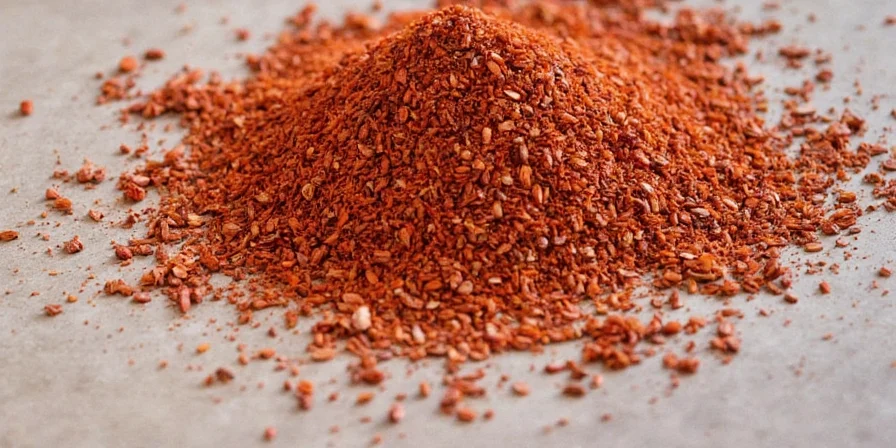









 浙公网安备
33010002000092号
浙公网安备
33010002000092号 浙B2-20120091-4
浙B2-20120091-4